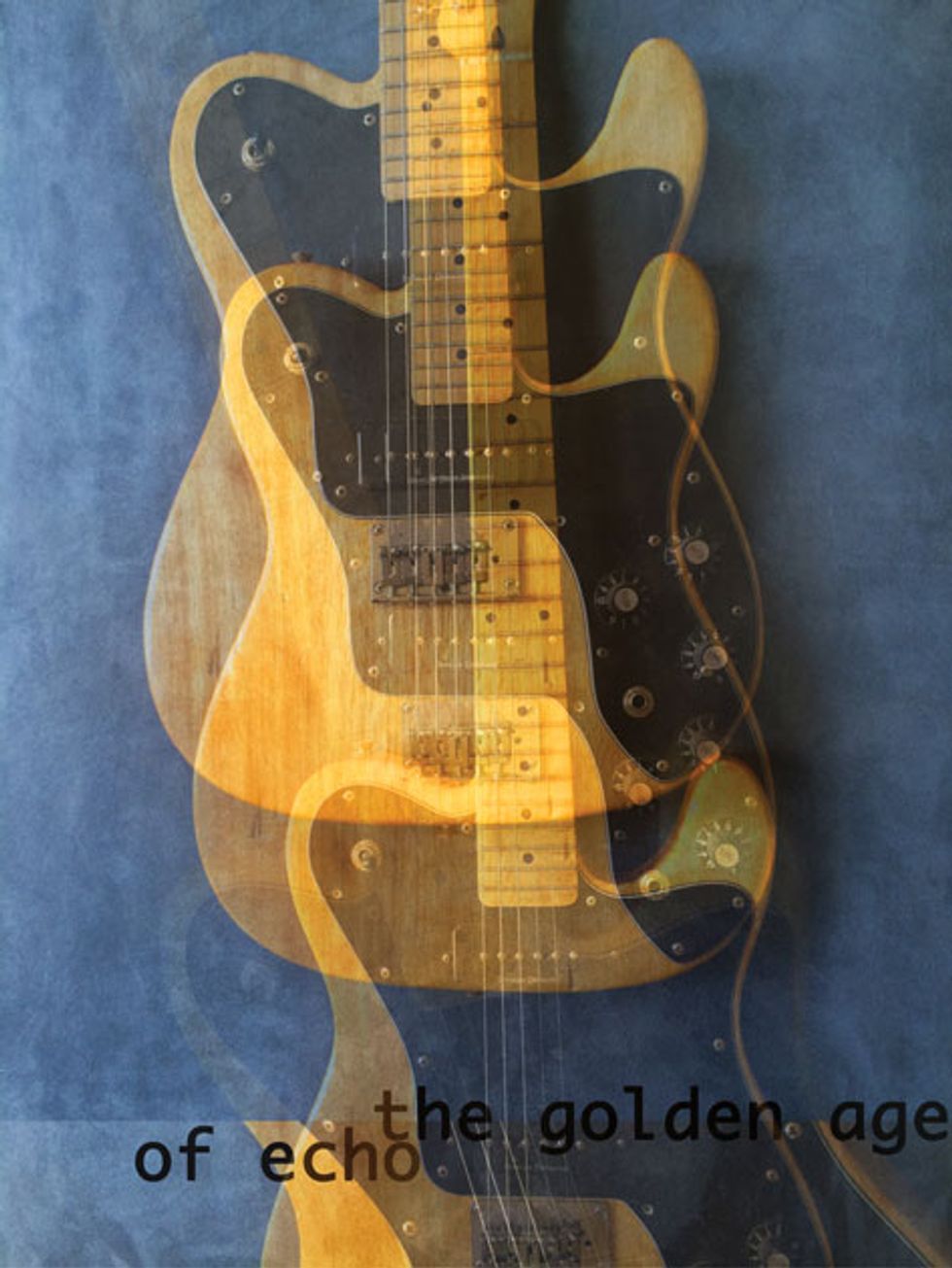When we look around our musical lives, we can have a tendency to be grouchy and see only the worst. (Auto-Tune, anyone?) We get overwhelmed with content, both the good and the really bad. But from my perspective, things have changed for the better since I started playing 15 years ago, and we are certainly in the golden age of gear.
From recording software to effects pedals, there is so much out there to inspire our creative work and make it easier. But since this is “State of the Stomp,” let’s focus for a moment on one of my favorite pieces of gear: the delay pedal. There was once a time when your only choice for echo was to manipulate a huge recording studio rig. But in the magical year 2015, you can choose to work with anything from a great big tape delay to a tiny digital delay.
For well under $300 you can grab a digital unit that will cover a solid 75 percent of delay sounds. These fantastic little computers with footswitches promise to give you all the classic echoes, and they largely deliver. From tape simulation to bucket-brigade to digital to stereo, these boxes cover lots of ground. Earlier digital systems had artifacts and idiosyncrasies, but most modern digital delays have squeaky-clean echoes and a few fun tricks (if you’re into that kind of thing).
Bring on the Buckets
Let’s dial our virtual time machine back a bit to the analog-delay days, particularly bucket-brigade circuits. From what I understand, there are hundreds of tiny people in the pedal. The first person grabs your sound, puts it in a bucket and holds on to it for a moment, and then passes it to the next person. The “delay” setting determines how many tiny people get in line to grab the sound.
Among my contemporaries, bucket-brigade delays provide some of the absolute favorite echoes. With bucket-brigade chips, the delayed signal gradually distorts as it fades out. There are also many interesting harmonic changes and accents as the delay fades out or … oh my … you turned the feedback way up… it’s not stopping… it’s getting louder! IT’S YELLING AT ME! And when I turn the delay knob it goes BBBBWWWWWWIIINNNNGGGGGGGGGG!
it’s getting louder!”
We call that self-oscillation, and I love it. It’s a trick that (in my experience) really only sounds right with an actual analog delay. Digital units have a hard time simulating an analog machine going haywire. This is where the “75 percent” figure comes in. Digital delays sound very convincing at “normal” settings, but usually fall a little short when pushed into freak-out territory. Tape simulators also fall into the category of “great for the basics, but missing some magic.”
Getting Loopy
Nowadays we also have access to delays that take it a step further with a trick called looping. When that technology became fully featured and widely available in the mid to late ’90s, a new era of technique, if not composition, was born. If you find loopers boring, you may be listening to the wrong players. For example, Nick Reinhart of Tera Melos has intense looper techniques that create sounds I assumed were computer effects or clever editing—until I saw them happening in front of me.
So today, in the thick of the boutique pedal boom, and as digital technology reaches heights heretofore untold, we have our pick of almost every style of delay. And most of them are available brand new from the factory/workshop/basement, depending on your taste.
The Great Delay Quest
My advice to anyone interested in starting the Delay Quest (which will probably never end, because it’s awesome) is to get one of the big modelers or multi-delays. I know some will call that recommendation blasphemy, but those delays all do a few things very well, and audiences will probably never notice the things they fall short on. Having plenty of options can also provide a feel for the exact style of delay you connect with. It may turn out you really need a tape delay from the ’60s. In that case, flip your modeler and … wait, no! You don’t want to be without a delay pedal for even one day! You should get that tape delay, and then flip your modeler. Someone will be glad to get a discount on an essential effect.













![Rig Rundown: Russian Circles’ Mike Sullivan [2025]](https://www.premierguitar.com/media-library/youtube.jpg?id=62303631&width=1245&height=700&quality=70&coordinates=0%2C0%2C0%2C0)













